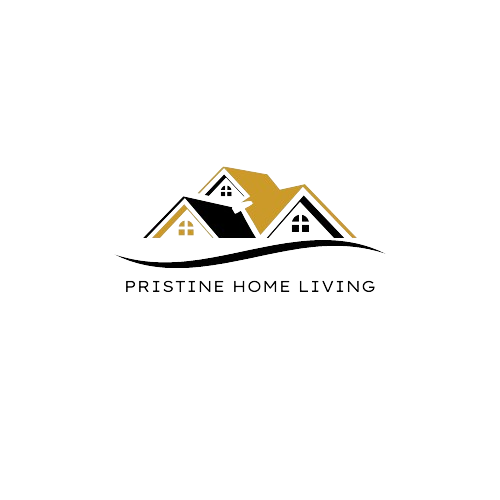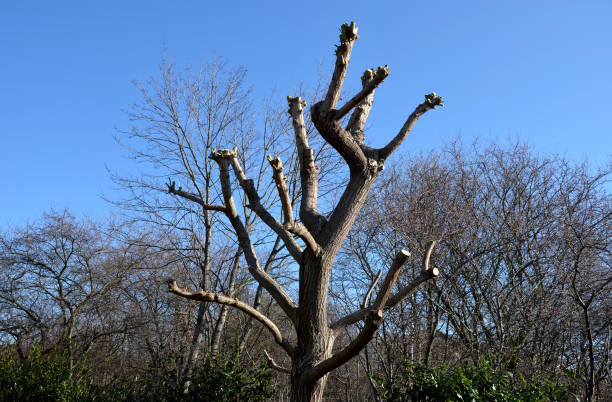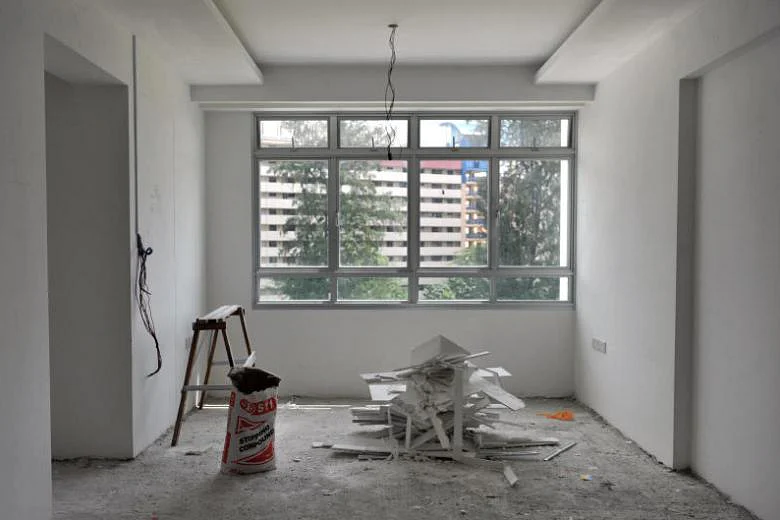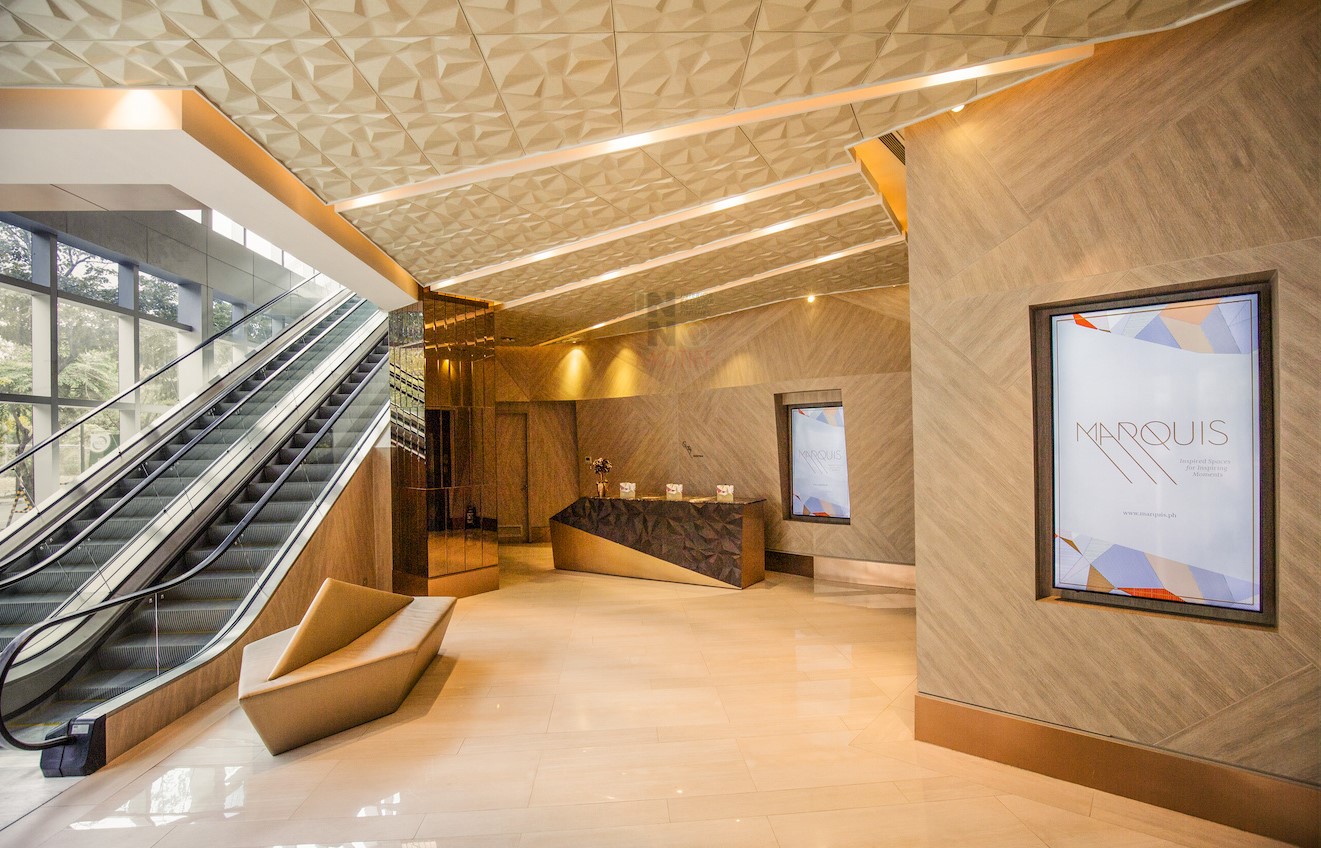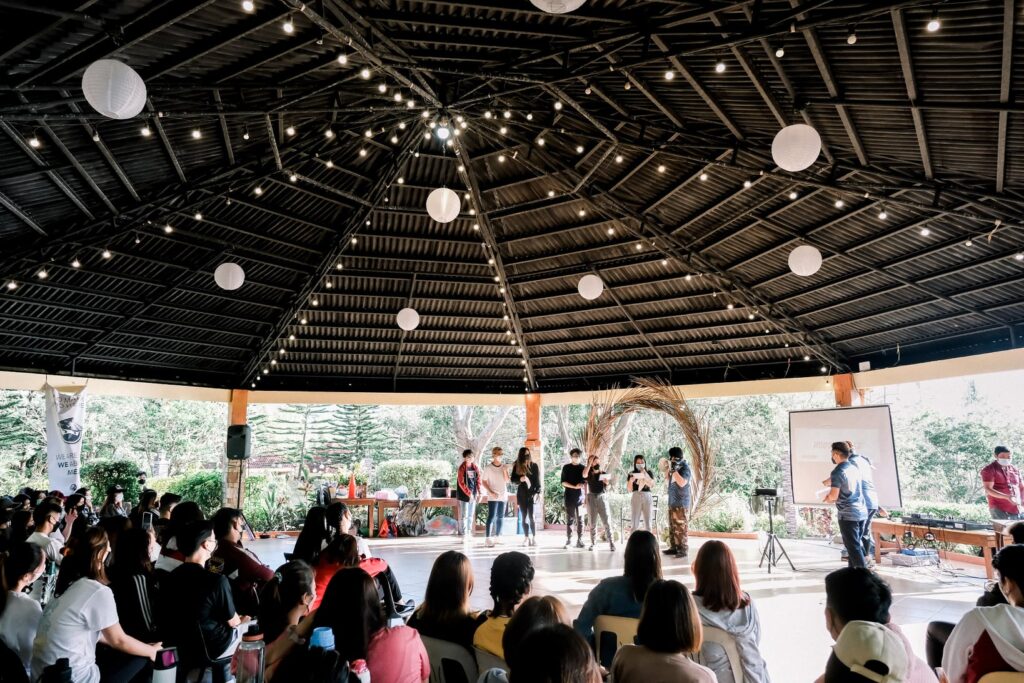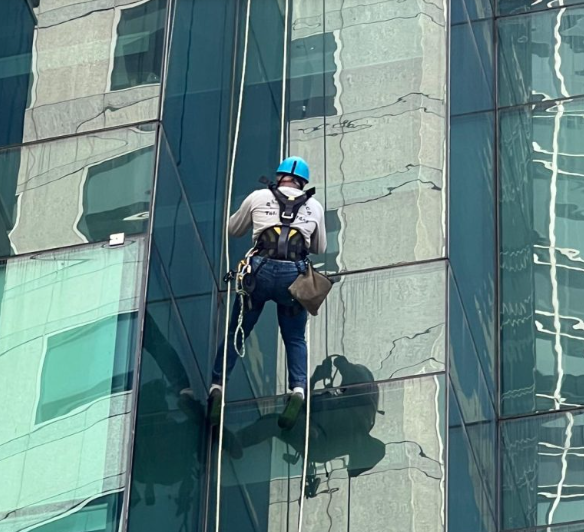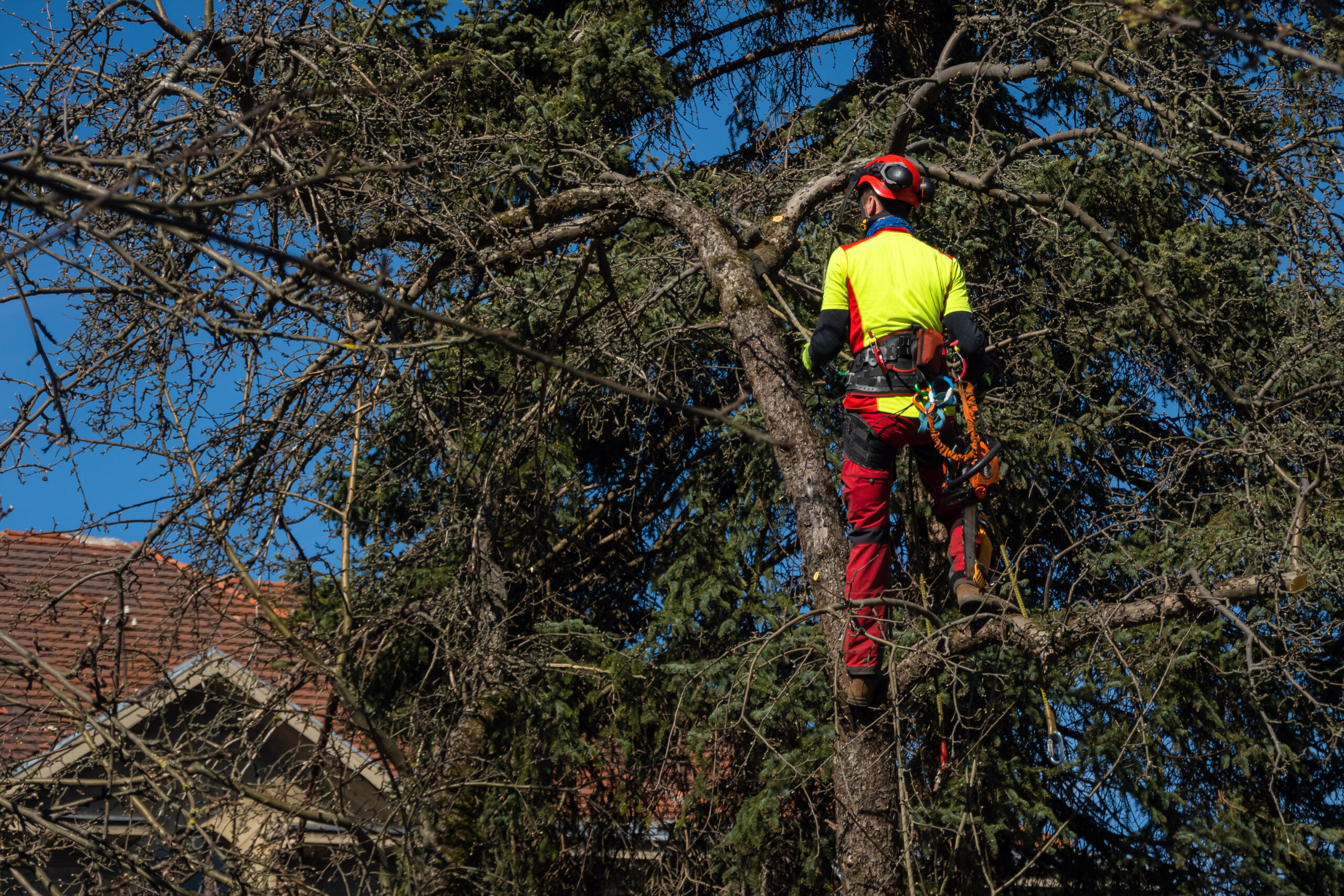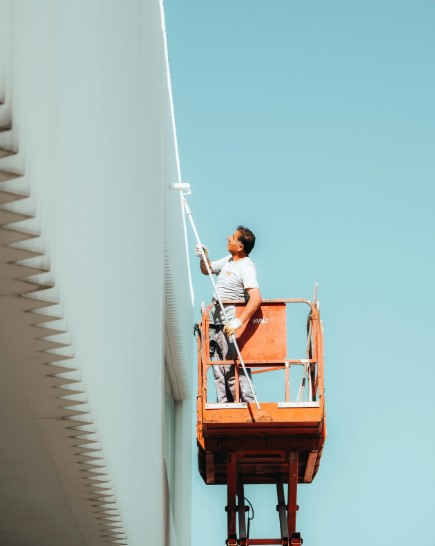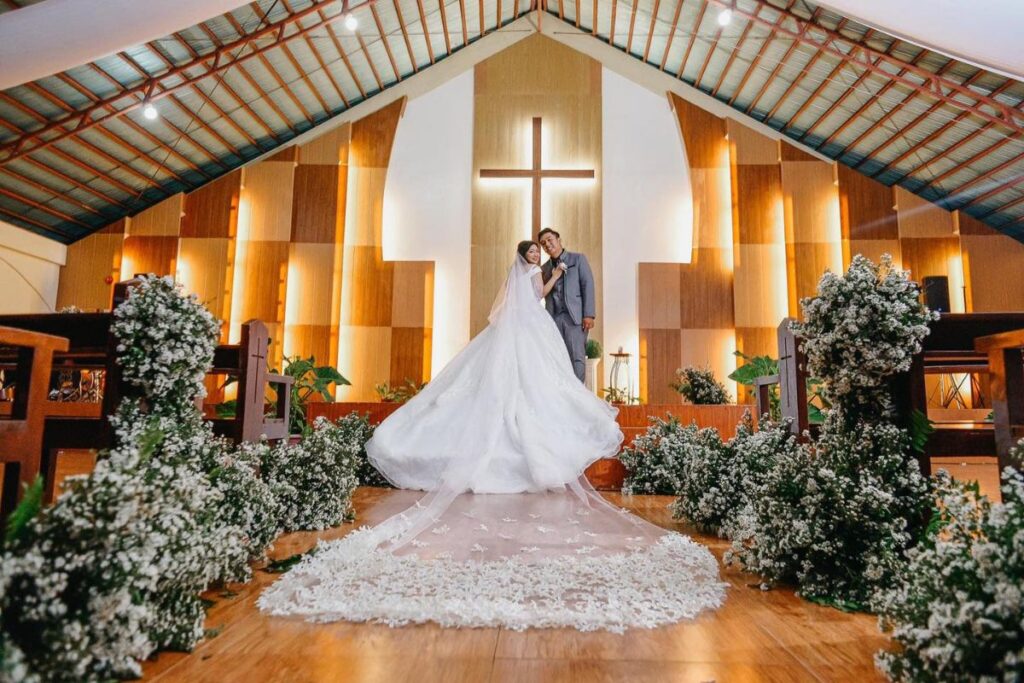Tree pollarding plays a vital role in Singapore’s urban landscape where space is limited and greenery is abundant. At BSG Landscape & Construction Pte Ltd, a BCA and NParks-registered company with over 30 years of experience, tree pollarding is part of a comprehensive approach to sustainable landscape management. This specialized tree care method helps maintain safety, control growth, and preserve the health of trees across residential, commercial, and government properties. With certified arborists and workplace safety officers, BSG provides professional solutions that ensure both people and property remain protected while contributing to Singapore’s lush environment.
What Is Tree Pollarding?
Tree pollarding is a professional maintenance technique used to control the size and shape of mature trees. It involves the strategic cutting back of upper branches to the main trunk or to a few metres above ground level. This process allows the tree to regrow in a controlled way, promoting a stable structure and reducing the risk of uncontrolled canopy spread. Unlike regular pruning, which focuses on removing selected branches for health or aesthetic reasons, tree pollarding completely resets the crown structure of the tree. It creates a balance between growth management, safety, and long-term sustainability.
Tree pollarding has been practiced for centuries, especially in urban settings, as it prevents trees from becoming oversized or hazardous. For cities like Singapore, where trees grow quickly due to tropical weather, this method ensures that large species can coexist safely with nearby buildings, roads, and electrical infrastructure. At BSG, the technique is performed by trained arborists who assess each tree carefully to determine the best approach without compromising its natural vitality.
Why Tree Pollarding Matters in Singapore
Singapore’s green infrastructure depends heavily on the balance between development and environmental care. Tree pollarding supports this balance by managing large trees that might otherwise become safety risks or interfere with property. Overgrown branches can obstruct streetlights, signage, or even disrupt electrical wires. During heavy storms, tall trees with weak structures may shed branches or topple over, creating potential hazards. Regular tree pollarding reduces these risks by keeping canopies compact and branches sturdy.
This practice is especially important for urban areas such as parks, walkways, and housing estates, where trees are close to public pathways and structures. By maintaining a manageable tree height and structure, BSG’s certified arborists ensure that trees remain visually appealing while minimizing danger. Tree pollarding also helps improve airflow, allows sunlight to reach surrounding vegetation, and enhances the overall aesthetics of landscaped areas.
With Singapore’s tropical climate characterized by frequent rain and strong winds, preventive maintenance through tree pollarding has become a necessity rather than a luxury. BSG’s commitment to proactive tree management ensures that every property they maintain remains both beautiful and safe.
When Should Tree Pollarding Be Done?
Tree pollarding is not suitable for every tree or every situation, which is why professional evaluation is essential. The best time to perform this procedure depends on the tree species, age, and health. For most trees, pollarding is done when growth becomes excessive, branches extend too close to buildings or roads, or when structural imbalances are visible. It is also recommended when trees are planted in restricted soil spaces or areas where root and branch expansion must be controlled.
BSG’s ISA-certified arborists conduct thorough inspections before recommending tree pollarding. They evaluate canopy density, root health, and surrounding space to decide whether the tree will benefit from the process. Once pollarded, the tree requires regular monitoring to ensure healthy regrowth and structural balance. Timing and consistency are key; repeating the process at regular intervals helps maintain the desired size and prevents stress or decay.
The Tree Pollarding Process at BSG Landscape & Construction
BSG Landscape & Construction follows a structured and safety-focused process for every tree pollarding project. Each operation begins with an on-site assessment conducted by certified arborists who analyze the tree’s condition and environment. The team then plans the cuts strategically to minimize damage and encourage strong regrowth.
The process involves removing upper branches and cutting them back to the main trunk or to a pollard head — a designated point where regrowth is desired. Specialized equipment and proper rigging techniques are used to ensure controlled removal of branches without harming surrounding property or vegetation. Once cutting is complete, the site is cleared of debris, and the tree is inspected to ensure its remaining structure is sound.
BSG’s team adheres to Singapore’s Workplace Safety and Health (WSH) regulations throughout every project. Whether performing tree pollarding along busy roads, within condominium compounds, or in government parks, the team prioritizes public safety and environmental protection. Advanced machinery, skilled operators, and safety-certified staff contribute to the precision and efficiency of every job.
Benefits of Tree Pollarding
Tree pollarding provides multiple benefits that extend beyond appearance. One of its primary advantages is improved safety. By controlling the size and weight of a tree’s upper branches, the likelihood of falling limbs during storms is significantly reduced. This helps protect pedestrians, vehicles, and nearby properties.
Another major benefit is the extension of the tree’s lifespan. Regular pollarding encourages healthy regrowth by stimulating the development of new shoots from established cuts. It also prevents decay or disease from spreading through overcrowded branches. Trees that undergo pollarding are less likely to become structurally weak, allowing them to thrive for many years.
Tree pollarding also enhances the overall visual appeal of landscaped areas. A well-pollarded tree maintains a neat, uniform shape that complements surrounding greenery and architecture. For areas with limited space, such as roadside verges or residential courtyards, this process ensures that trees remain proportionate without dominating the environment.
From a structural perspective, tree pollarding prevents overextended roots from damaging pavements, drainage systems, and building foundations. It is an effective way to manage large species planted too close to infrastructure. With consistent care from professionals like BSG Landscape & Construction, property owners can enjoy healthy, manageable, and visually pleasing trees year-round.
Why Choose BSG for Tree Pollarding Services
BSG Landscape & Construction Pte Ltd has earned its reputation as one of Singapore’s most trusted landscape maintenance and tree care providers. With over 30 years of industry experience, the company has successfully handled projects for government bodies, private condominiums, and large corporations. Its credentials include BCA and NParks registration, a dedicated safety culture, and a team of in-house certified arborists, horticulturists, and WSH officers.
When it comes to tree pollarding, BSG’s expertise ensures each job is carried out with precision and care. Their arborists understand the growth patterns of local and imported tree species, enabling them to apply the correct technique for each case. The company’s commitment to environmentally responsible practices also means every project aligns with Singapore’s vision for a sustainable and green city.
Clients who choose BSG can expect more than just technical skill — they receive reliable, responsive service and personalized maintenance programs that suit the unique requirements of their property. Whether it’s a small private garden or a large commercial site, BSG’s tree pollarding solutions guarantee safety, aesthetics, and long-term value.
Complementary Tree Care Services
Tree pollarding often works best when combined with other maintenance services. BSG Landscape & Construction provides a full suite of tree care solutions, ensuring every aspect of landscape management is covered. These include tree pruning (such as crown reduction, lifting, thinning, reshaping, and cleaning), tree removal, and stump grinding. Each service is performed by trained specialists using modern equipment and techniques designed to protect both the tree and the surrounding environment.
Tree pruning is essential for promoting new growth and maintaining tree health, while tree removal becomes necessary for dead or severely damaged trees. BSG also offers regular landscape maintenance programs, including grass cutting, hedge trimming, fertilizing, and debris clearing. Together, these services help property owners maintain safe, vibrant, and eco-friendly surroundings throughout the year.
Safety and Sustainability Commitment
BSG’s approach to tree pollarding reflects a deep commitment to safety and sustainability. Every project is planned with consideration for both human safety and ecological balance. The company adheres to Singapore’s strict greenery management guidelines and maintains a consistent record of workplace safety excellence.
Through professional techniques like tree pollarding, BSG helps reduce the need for unnecessary tree removal. By managing growth and preserving healthy trees, the company contributes to urban biodiversity and environmental resilience. Their team continuously upgrades skills through training and certification to ensure they stay current with international arboricultural standards.
Contact BSG Landscape & Construction
Property owners and facility managers seeking reliable tree care solutions can depend on BSG Landscape & Construction for professional service. Their certified arborists are ready to assess your site and recommend the most suitable approach for your trees. Whether your goal is to manage tree height, enhance safety, or maintain a polished landscape appearance, BSG’s tree pollarding services deliver lasting results.
For consultations, inspections, or maintenance planning, reach out to BSG Landscape & Construction Pte Ltd — the trusted partner in creating safe, sustainable, and visually stunning green spaces across Singapore.
Takeaway
Tree pollarding in Singapore continues to be one of the most effective ways to maintain healthy, safe, and beautiful trees in an urban setting. With the expertise of BSG Landscape & Construction Pte Ltd, property owners gain peace of mind knowing their greenery is managed by professionals dedicated to safety, sustainability, and excellence in every detail.
FAQ Section
Q1: What is the main difference between tree pollarding and pruning?
Tree pollarding involves cutting branches back to the trunk or main stem to control overall size, while pruning removes selective branches to maintain tree health and appearance.
Q2: How often should tree pollarding be carried out?
The ideal interval ranges from every two to five years, depending on tree species, growth rate, and environmental factors. Regular intervals help maintain shape and prevent excessive regrowth.
Q3: Does tree pollarding harm the tree?
When performed correctly by trained arborists, tree pollarding promotes healthy regrowth and can extend the tree’s lifespan. Improper technique, however, can cause stress or decay, which is why professional service is essential.
Q4: Is tree pollarding suitable for all tree species?
No. Some species respond well to pollarding, while others may not. BSG’s certified arborists evaluate each tree to determine whether it is appropriate for the procedure.
Q5: Why is professional expertise important for tree pollarding?
Tree pollarding requires precision and knowledge of tree biology. Certified arborists ensure proper cutting points, safety compliance, and post-care, preventing damage and ensuring healthy regrowth.
Q6: How does tree pollarding improve safety around properties?
By reducing branch weight and canopy spread, pollarding minimizes the risk of falling limbs during storms and prevents branches from obstructing electrical lines, signage, or buildings.
